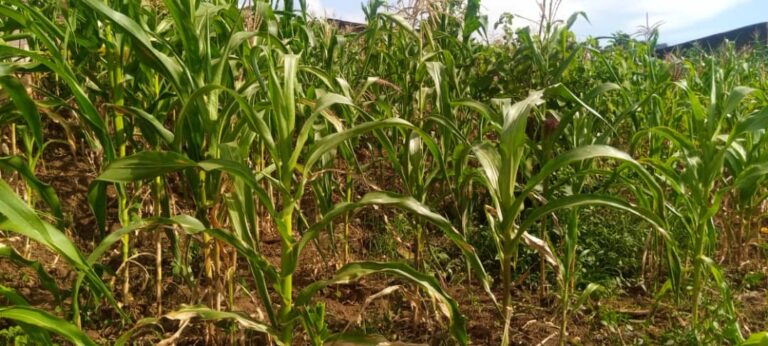Harvesting Hope: Battling Drought in Rwanda’s Eastern Province
Rwanda’s Eastern Province has grappled with persistent drought since 1990, impacting agriculture and livestock production, with around 30% of the land currently affected. In response, the Rwandan government and partners advocate for irrigation to alleviate the prolonged dry spells in this agriculturally vital region, where 70% of the population depends on farming.
Known as the “Province of Farming,” Eastern Province faces recurring drought, hindering agricultural productivity. Climate surveys in districts like Bugesera, Rwamagana, and others reveal uncultivated areas due to insufficient rainfall. Farmers, such as Ndutiye Gaspard, express struggles, relying on unpredictable rain, leading to dwindling production and bleak market prospects.
Despite planting crops with optimism in March 2023, the absence of rain signals another year of agricultural losses. Climate change renders certain regions unsuitable for cultivation, impacting both domestic and international markets. Exporters like Sakina Usengimana experience reduced harvests, affecting the country’s economy and raising food prices by 8% in 2022.
To combat food inflation, the government collaborates with the Ministry of Environment to address climate change. Mukeshimana Ellen, a trader, highlights the impact on businesses due to scarce agricultural products, emphasizing the need for measures to revitalize the sector.
Addressing persistent drought involves multiple strategies:
1.Drought-Resistant Farming:Encouraging skepticism exists among farmers regarding the practicality of traditional crops.
2.Irrigation Programs:The provincial administration aims to cover 30% of drought-affected land, acknowledging financial constraints for some citizens.
3.Collaboration with RAB: The Rwanda Agriculture Board collaborates with the government and the private sector to address climate change collectively.
4. Rainwater Harvesting:The Ministry of Agriculture plans to support rainwater harvesting to facilitate irrigation and promote drought-resistant crops.
5.Reducing Food Prices:Addressing climate change and enhancing agricultural productivity could potentially reduce food prices by stabilizing markets.
6. Community Efforts: A collective effort involving the community, government, and organizations is essential. Promoting awareness, sustainable farming, and water conservation contribute to a comprehensive solution.
The ultimate goal is to build resilience in the agricultural sector, mitigating climate change impacts and ensuring food security and economic stability in Rwanda’s Eastern Province.

